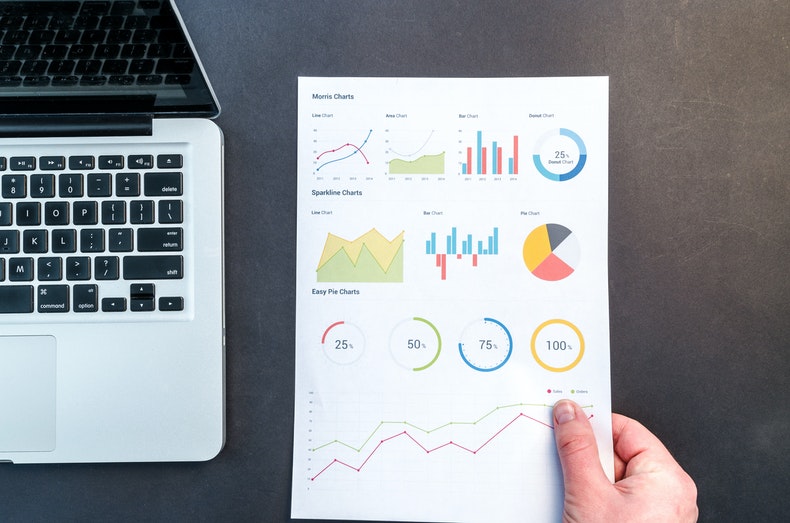SEO Tips to Fix Your Bounce Rate
If you have a company website, the bounce rate is one of the things that your website analytics tool measures as it helps you determine how well your website is performing. Having a high bounce rate is an indication that you’re losing potential customers and clients. To be able to fix this you need to be aware of what a bounce rate is, how to identify your web traffic’s bounce rate, and what are your options for resolving the issue. To help you with this dilemma, keep reading below.
What is a Bounce Rate?
The bounce rate is a measurement of how long a visitor stays on a page of your website. The more time a visitor spends on your website, the better, since this may lead to greater conversion rates. When visitors don’t spend as much time on your site, you’ll notice a high bounce rate which results in fewer conversions. You can either fix it yourself or consult with digitally-driven marketing experts as they’re more equipped to examine and find solutions to your bounce rates and other marketing areas.
How to Identify Your Web Traffic’s Bounce Rate and How to Fix It
A high bounce rate typically means that the website isn’t doing a good job of capturing visitors’ attention. This means that visitors will only visit one page and will not check any other or perform other activities on the website.
To identify your website’s bounce rate, you can use tools that will automatically measure it for you like MonsterInsights which is one of the best analytics plugins for WordPress. You could also download Sitekit which includes all the analytics tools made by Google or check it directly in the Google Analytics platform. Bounce rates for e-commerce websites typically range from 20% to 45%, with top performers having a bounce rate of 36% on average.
The following are tried-and-true methods for you to fix your website’s bounce rate:
1. Enhance Your Content’s Readability
A lack of readability is one reason why your target customers may abandon your site. When your content is readable and legible, a better user experience begins. Large chunks of text, in particular, startle readers away, so try to avoid them.
2. Make a Compelling Call-to-Action
Don’t lose viewers to a weak CTA after attracting them with your headline and piquing their interest with your content. Increased exit rates are the last thing you want to happen. You want every visitor to your website to buy something, or at the very least consider buying something.
3. Use Keywords With High-Value Traffic
Keywords have the ability to make or ruin a content marketing strategy. Start targeting high-value keywords if you want to increase your search performance because that’s where the high-value traffic is. Keywords with a high perceived value are quite effective. They boost your credibility and online reputation while also increasing your traffic, engagement, and conversion rate.
4. Boost Up Your Page Load Time
Consumers usually expect a website to load in less than two seconds. Clients will not wait for your site to load after 3 seconds; instead, they will go to your competitor’s site. The slower your landing pages load, the greater your bounce rate will be.
5. Make it Mobile-Friendly
Is your website mobile-friendly? Will your site appear correctly on iPhones, tablets, and other mobile devices when prospects visit it? Because your consumers carry their mobile devices with them at all times, it’s time to move your brand to mobile as it is more convenient for them to browse websites through this.
Conclusion
Now that you’ve learned what a bounce rate is and the strategies you can use in order to lower it and increase your conversion rate, it’s time for you to apply these things to your website. It’s not enough to just read about it, you also need to utilize them properly. Doing so will eventually help your website to attract and retain clients and customers, and increase conversion rates.

